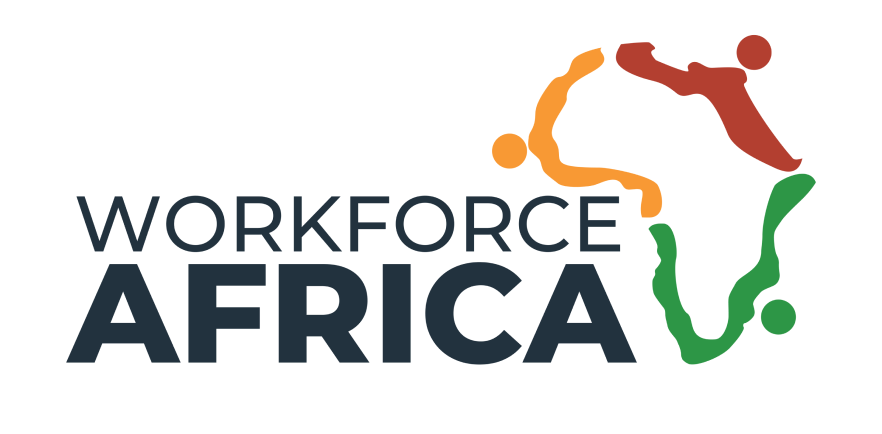The African Economic landscape is projected to increase by 0.9 percent in 2025 despite the political and global economic instability on the continent.
In a recent African Economic Outlook report by the African Development Bank, the bank stated that the economy is projected to increase from 3.3 percent in 2024 to 3.9 percent in 2025 despite the geopolitical headwinds in certain regions of the continent and trade tensions.
The Bank noted, during the Annual Meeting tagged “Making Africa’s Capital Work better for Africa’s Development” held in the capital city of Cote D’Ivoire, Abidjan, that the growth demonstrates the continent’s capacity to weather multiple shocks while identifying pathways to unlock a vast potential for transformation.
In addition to this, the growth is projected to cut across the continent fostering major impacts in the continent’s economic growth across major sectors and economic hubs of the continent. According to the reports, twenty-one African countries are expected to experience an exponential growth of more than five percent in 2025 with countries such as Ethiopia, Niger, Rwanda, and Senegal reaching a potential seven percent threshold which is required to reduce poverty and increase inclusive growth.
This growth is also expected to surpass the global average and outpace most other regions of the global economic race with few exceptions of emerging and developing Asia, the bank explained. The African continued resilience is built on effective domestic reforms and improved macroeconomic management.
Speaking at the Annual Meeting, the Chief Economist and Vice President of the Bank, Professor Kevin C. Urama emphasized the need for Africa to have a retrospect and grow her own economy with home-based resources. “Africa must now face the challenge and look inwards to mobilizing the resources needed to finance its own development in the years ahead”, Urama said.
Using the metrics, the Eastern region on the continent comprising countries like Tanzania, Rwanda and Ethiopia have the prospects of growing at 5.9 percent between 2025 and 2025. On the other hand, the Western Region remains at 4.3 with its major growth in the oil and gas production onstream in Senegal and Niger; while North Africa is projected to grow at 3.2 percent. However, unlike other regions, Southern Africa is projected to have the least growth at the rate of 2.2 percent, with South Africa registering a 0.8 percent growth.
To effect this development, the Bank noted that the implantation and improvement in government policies across the continent would be able to mobilize an additional $1.43 trillion in domestic resources from tax and non-tax revenue sources through efficiency gains alone.
Moreover, Africa’s potentials in human capital of a median age of 19 represents the continent’s demographic which is most likely to grow the economy exponentially with additional $47 billion, this teeming young population alone is expected to grow the economy through active young workforce. Another significant factor is the Natural capital endowment of the continent, with Africa hosting thirty percent of global mineral resources which could capture over ten percent of the projected $16 trillion in revenues from key green minerals by 2030.
The business capital is not left out either with a projected increase of $560 billion when the African Continental Free Trade Area is fully implemented which would boosts intra-continent exports and income by $450 billion by 2035.
However, the massive capital outflows in the last couple of years have taken a toll on the continent’s development as against the $190.7 billion dollar inflows received in 2022. Africa lost approximately $587 billion from financial leakages in the past few years.



